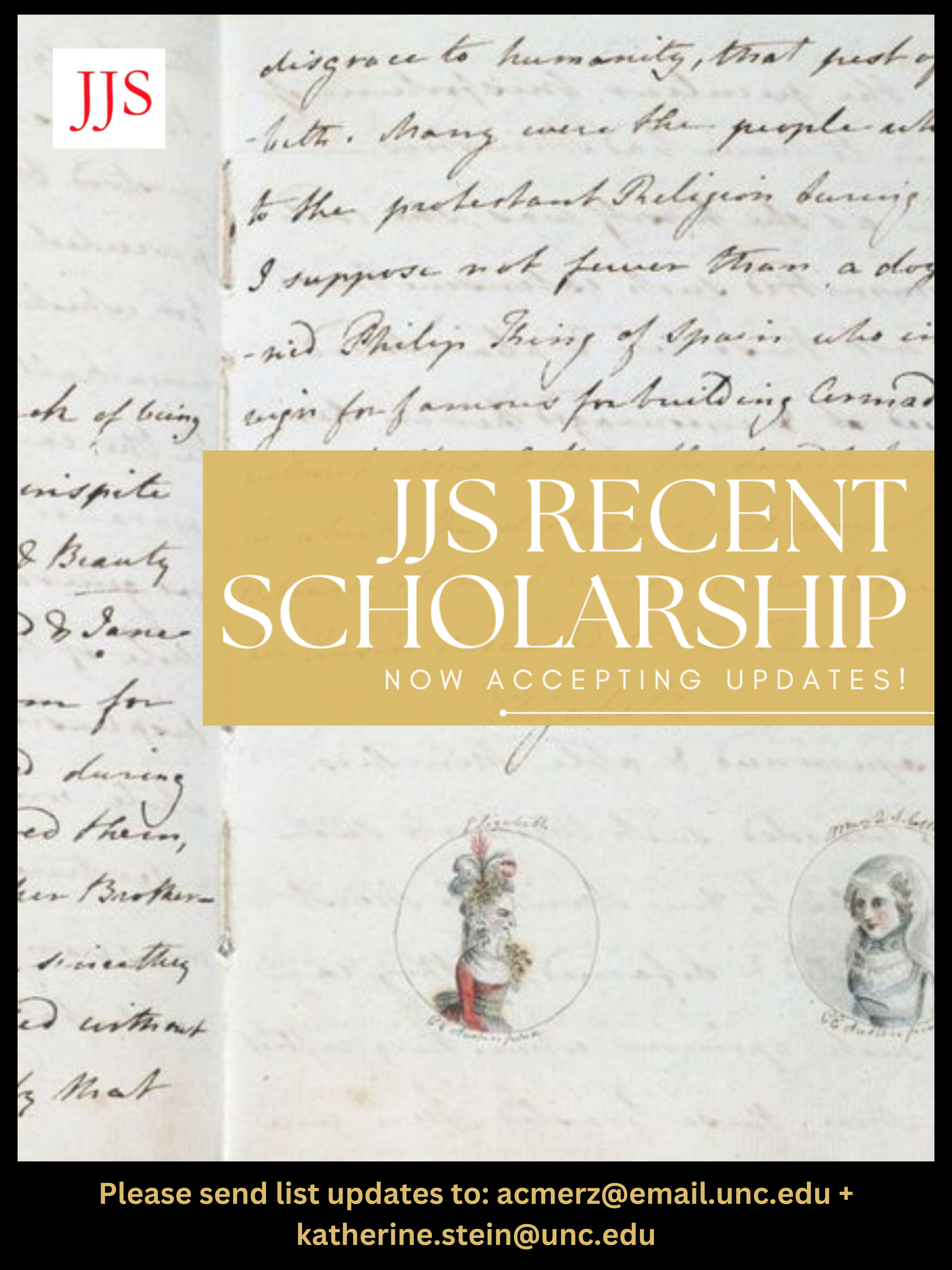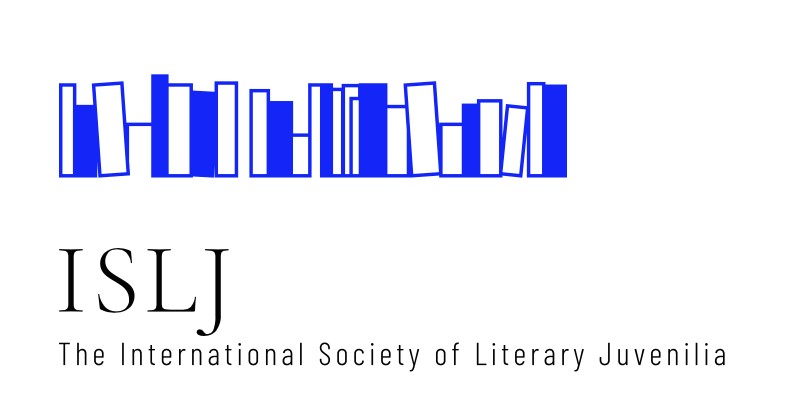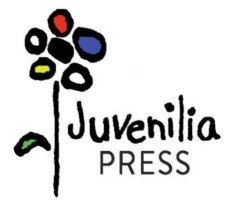Chronotopes of Romance and Realism
The Lovers’ Reunion in Anne Brontë’s “Alexander and Zenobia” and Agnes Grey
DOI:
https://doi.org/10.29173/jjs96Keywords:
Anne Bronte, literary juvenilia, Victorian literatureAbstract
The question of how the material imagination develops from a child to an adult writer may be approached in many ways. In the case of the Brontës, attention has tended to focus on the materiality of the miniature books in which they recorded their childhood “plays” or on the physical objects that both furnished the parsonage at Haworth and stimulated their young imaginations. In this essay, I take a different approach, considering materiality in the broadest possible sense as the physical complex of space and time that defines the universe.
Using this conception of materiality, I set out to the chart the development of Anne Brontë’s material imagination from her juvenile to her post-juvenile writing by comparing representations of time and space in her teenage poem “Alexander and Zenobia” and in her first mature literary work, the novel Agnes Grey. In considering the movement of characters through time and space in these two texts, I focus on a specific narrative motif—the lovers’ reunion—in order to identify both continuities and differences between Brontë’s younger and more mature literary methods.
Downloads
Published
Issue
Section
License
The Creative Commons Attribution-Noncommercial-No Derivatives 4.0 International license applies to all works published by the Journal of Juvenilia Studies and authors retain copyright of their work.
![]()



.jpg)
 Dedicated to the discussion and promotion of literary works by young writers
Dedicated to the discussion and promotion of literary works by young writers

